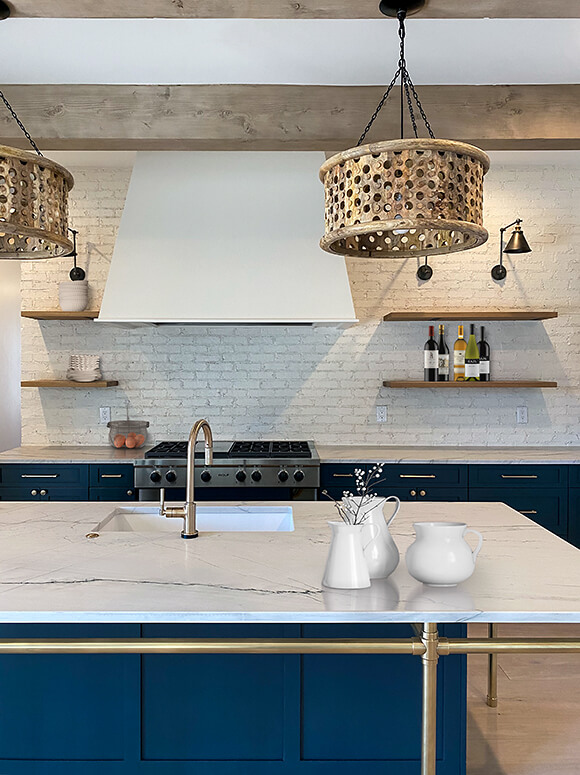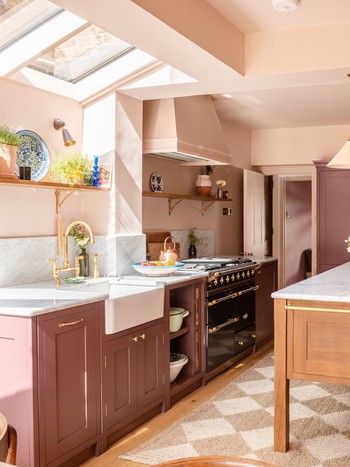Make Your Kitchen Island Stand Apart with Custom Legs For Kitchen Island
Make Your Kitchen Island Stand Apart with Custom Legs For Kitchen Island
Blog Article
Key Factors To Consider for Discovering the most effective Legs For Kitchen Island for Your Layout
When selecting the suitable legs for your kitchen island, numerous essential factors to consider come right into play that can considerably influence both functionality and aesthetic appeals. The selection of product, elevation, and style must align with your general cooking area layout to ensure a harmonious look.
Determine Your Design Choice
Establishing your design choice is essential when choosing the suitable legs for your cooking area island. The legs of your kitchen area island not just offer a practical function however likewise add substantially to the overall aesthetic of the area. Consequently, recognizing your layout style-- be it modern-day, rustic, typical, or commercial-- is crucial.
For a modern-day kitchen area, think about sleek, minimalistic legs that match open areas and clean lines. Standard kitchens often prefer turned or elaborate legs, which can add a touch of sophistication and elegance.
In addition, consider the height and percentage of the legs in connection with the island's surface area. This ensures the visual equilibrium and functionality needed for day-to-day use. Examining the existing elements in your kitchen area, such as kitchen cabinetry and appliances, can also assist your choice, guaranteeing cohesiveness in style. Inevitably, your style preference will affect not just the selection of legs but also the general consistency of your cooking area's design.
Pick the Right Product
Picking the right material for your cooking area island legs is essential in making sure both durability and aesthetic appeal. Various materials provide distinct advantages, and the choice frequently shows your design preferences and functional requirements.
Wood is a popular option, providing warmth and versatility. It can be stained or repainted to match your cooking area style, making it versatile to different styles, from rustic to contemporary. However, timber might need regular maintenance to maintain its look and stability.

If you look for an unique touch, think about acrylic or glass products. They can create an illusion of area and agility in your kitchen, making them an outstanding selection for smaller locations - Legs For Kitchen Island. These choices might require cautious handling and upkeep to stay clear of scrapes.
Ultimately, the material you select need to straighten with your kitchen's general style, making certain that the legs offer both functional and decorative purposes.
Think About Elevation and Percentages
When making a kitchen island, height and proportions play an essential function in making sure capability and comfort. The standard height for a kitchen island typically varies from 36 to 42 inches, straightening with standard counter elevations or bar elevations, respectively. This dimension is vital for integrating with bordering stools and countertops, enabling convenience of usage during meal prep work and social communications.
Furthermore, the island's proportions must enhance the general kitchen layout. A well-proportioned island click over here now needs to not bewilder the space; instead, it must produce a balanced visual. Think about the proportion in between the island's width and size, ensuring it provides ample surface without crowding the kitchen. A basic guideline is to maintain a size of 24 to 48 inches, helping with activity and availability.
Additionally, the height of the legs or base can affect the visual charm and functionality. Taller legs might offer a much more modern-day, airy feeling, while shorter ones can stimulate a traditional, based look. Eventually, meticulously thinking about elevation and proportions will cause a kitchen island that is both functionally reliable and visually appealing, improving the total design of the area.
Assess Security and Sturdiness
A kitchen island's legs must not only match its height and percentages yet also offer appropriate security and resilience to support go right here day-to-day tasks. The legs are important to the general capability of the island, as they bear the weight of the counter top and any type of added lots, such as appliances or cooking tasks.
When examining security, it is critical to take More about the author into consideration the leg design and material. Tough steel or strong wood legs usually offer superior strength compared to lighter materials like crafted timber or plastic. In addition, a bigger base can boost security, minimizing the danger of tipping or wobbling during use.
Resilience is equally important; the legs should stand up to damage from day-to-day use. Think about coatings that shield versus scrapes, dents, and moisture, specifically in a cooking area atmosphere. Moreover, assess the quality of construction, such as attachments and joints, which can considerably impact the legs' lasting efficiency.
Eventually, investing in well-crafted legs that focus on stability and durability will certainly ensure your cooking area island stays a dependable work space for many years to come, boosting your culinary experiences while keeping aesthetic allure.
Consider Upkeep and Care
Upkeep and care are important considerations for making certain the longevity and efficiency of kitchen island legs. When choosing legs, it is vital to examine the materials utilized, as various options require varying levels of upkeep. As an example, wood legs may call for periodic refinishing or sealing to avoid moisture damages and scrapes, while metal legs may require normal polishing to preserve their sparkle and prevent rust.
Additionally, the coating put on the legs can influence maintenance requirements. A high-gloss layer might be easier to clean however might reveal finger prints and scrapes much more easily than a matte surface. It is suggested to pick products and coatings that complement your lifestyle; as an example, if you frequently hold events, choose for resilient products that can hold up against deterioration.
Furthermore, consider the cleaning procedure associated with preserving these legs. Smooth surfaces often require very little initiative, while elaborate designs may accumulate dust and grime, requiring more labor-intensive cleaning methods. Legs For Kitchen Island. Ultimately, factoring in the upkeep and treatment required for your selected kitchen island legs will certainly not just enhance their visual allure however likewise ensure their functional honesty with time
Final Thought
Finally, picking the ideal legs for a kitchen area island necessitates careful factor to consider of different elements, including layout style, product choice, security, maintenance, and elevation. Each element plays a crucial duty in making sure that the legs not only boost the aesthetic appeal of the kitchen area but additionally supply the necessary assistance and toughness for everyday usage. A well-informed choice will ultimately add to a practical and aesthetically pleasing kitchen area setting.
The legs of your kitchen area island not just serve a useful function yet likewise add considerably to the total aesthetic of the area.Upkeep and care are essential considerations for making certain the durability and performance of kitchen island legs. Wood legs may call for periodic refinishing or securing to prevent wetness damage and scratches, while steel legs might need routine brightening to maintain their luster and protect against rust.
Eventually, factoring in the upkeep and care required for your selected cooking area island legs will certainly not only improve their visual allure but likewise guarantee their useful integrity over time.

Report this page